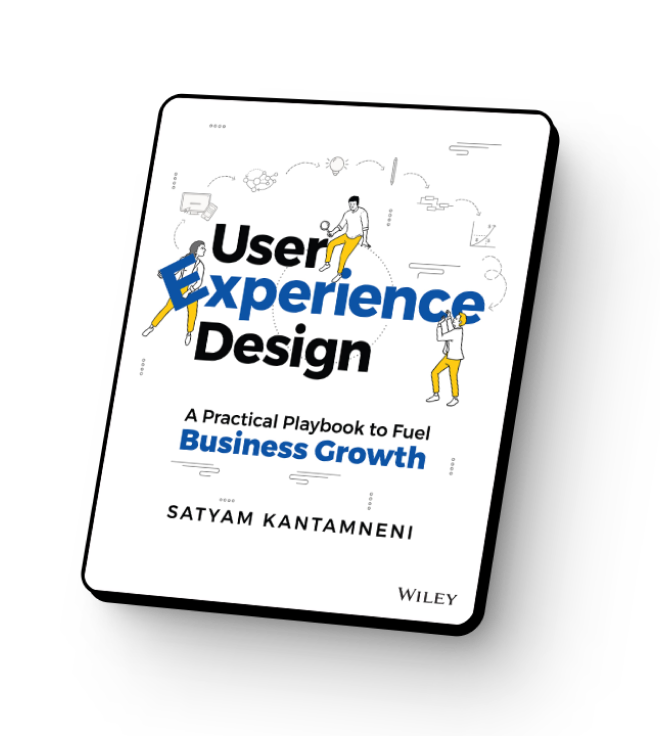When in-person collaboration goes remote

As the world gets used to working remotely, we’ve seen many tips, how-tos, and humorous clips and memes about the dos and don’ts of remote work. But not all remote work is created equal — and in the realm of high-collaboration functions, designing and ideating with remote teams presents a unique challenge to many.
At UXReactor, we’ve been working as distributed teams for years and have some best practices to help your teams maximize their effectiveness, whether you’re new to collaborating remotely or want to see greater success with your existing remote design teams.
Narrowing Down Design Ideas
At the beginning of the pen-to-paper part of the design process, there’s likely moderate to significant design work to be done. Here, there is room to explore various ideas your team members may have so it’s critical to set your process up for seamless, real-time, concept-sharing.
As a prerequisite, your team should have a shared understanding of the specific design problems you’re solving for.
The minimum materials needed at this stage are:
- Conferencing software (we like Zoom)
- Paper and markers
- Nice to have — a tablet and stylus
As an aside, our teams at UXReactor ideate for product design by breaking screens down into the individual design problems that need solving. We construct solutions on individual design problems first, before thinking about how they fit together, if needed, on a single screen. This helps us work methodologically through the problems at hand to increase the effectiveness of our designs; essentially, it keeps us accountable.
Before meeting to narrow down design ideas:

- Socialize the Design Problem(s)
Ensure that all design team members know what design problem(s) to solve. Without this, it will not be possible to generate a variety of ideas from different perspectives and then converge on them for the design problem(s) in question during the meeting. - Assign a Curator
This person should create a live document (we use Google Slides) to gather everyone’s inputs in a single place. Documentation is key. - Sketch Ideas Independently
Each team member should come equipped with some raw ideas to share — sketched on good ole fashioned paper or drawn digitally, it doesn’t matter so long as they’ve ideated around the problem you’re solving. - Choose the Best to Share
Take a photo, scan, or share digital images of the best ideas with the Curator so they can log all the designs to be discussed in that live document mentioned earlier. Give your idea a name that describes the concept for easy reference later. - Plan Enough Time
Remote design collaborations do tend to take longer than in-person sessions in our experience, but you should plan on spending a minimum of 20 minutes per design problem, typically with a group of 3. Plan longer than you think you’ll need; nothing is worse than cutting off a good design collaboration session because of lack of time, in person or not! You’re the GOAT if you can get this done effectively with more than 6 contributors.
During the meeting:

- Conference with Design Team Members
Use Zoom (like us) or your favorite conferencing provider and invite your design team — in our experience, it’s best to leave non-design stakeholders out of this meeting and loop them in once you can present a united design front. This will give the freedom to think through more innovative ideas at the onset of the design process without being too constrained by feasibility, budget, etc. - Shark Tank the Ideas
Here comes the fun of collaboration! Have every member briefly describe their best ideas in an elevator-pitch style roundtable. In our experience, it’s best if people keep under 3 shares to avoid going overtime. Top 2 is a sweet spot for us. During this session, the Curator should be documenting the pros and cons that come up in the discussion to ensure everyone has the same understanding of how each idea performed.
Also! It’s important to remind everyone that the idea should be evaluated on its merit, not who came up with it. For this reason, we never refer to an idea as, say, “Sarah’s idea”, as this may impede fair critique.

- Draw Emerging Ideas Real-Time
As ideas are discussed, new ideas will likely emerge — don’t take those “offline” but instead;
– Draw them out on paper, with shapes in your live document, or on your digital tablet (Zoom has a digital whiteboard feature we find handy) — whatever helps get your point across
– If there’s an idea that sets the foundation for a preferred concept, use a copy of that image as a base to “draw” on top of - Merge the Contenders
The strongest ideas should be those that survive a round of important critiques. We like to weigh pros and cons based on how well an idea solves the intended problem(s), gauge feasibility, ease of use, and delight to name a few factors in our decision-making process. - Redraw and Label the Winners
Use the real-time drawing methods mentioned above to ensure a collective understanding of the winning idea(s). - Don’t End without Next Steps
It’s critical to not sign off with your teams until you’ve identified and documented (with the Curator) the next steps and action items related to the design solution(s) you’ve decided on.
If you have the budget, we’ve found that Balsamiq Cloud allows quick generation of low fidelity wireframes that teammates can also collaborate on in real-time.
You should feel free to adapt this to the working style of your teams, but we’ve found that this is a solid process for making the most of a distributed design team.
Let us know how your own experiences in designing with remote teams have turned out. If you try this process, feel free to share how it worked and how you’ve tweaked it to meet your needs!


